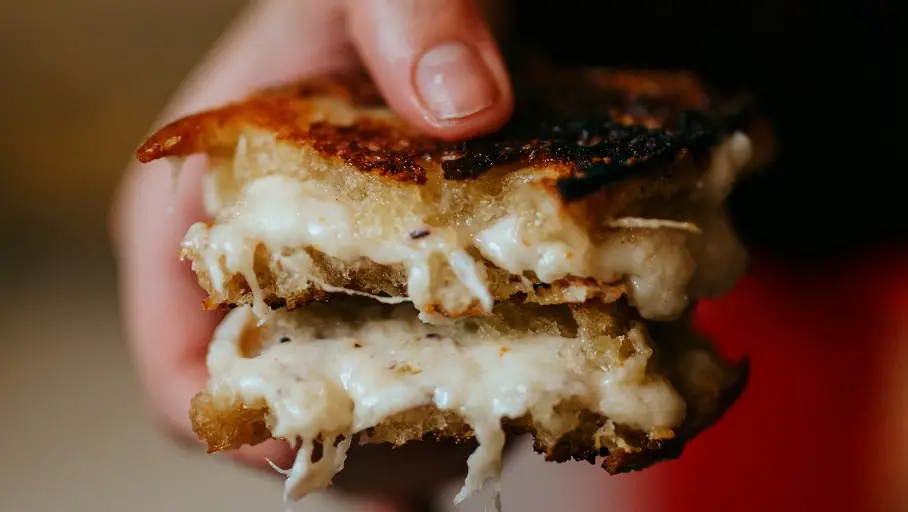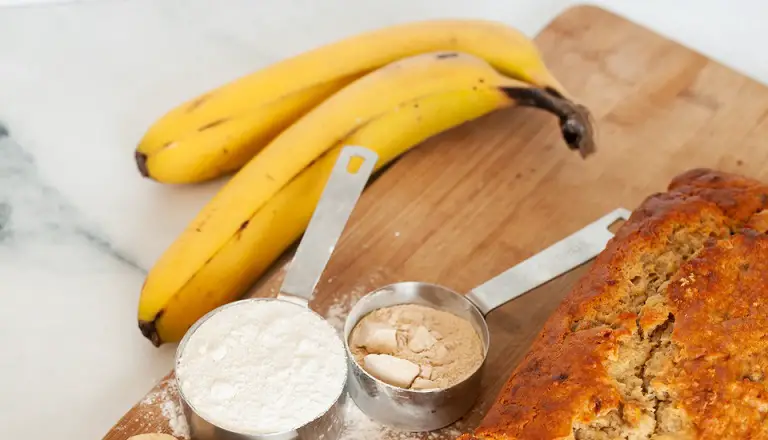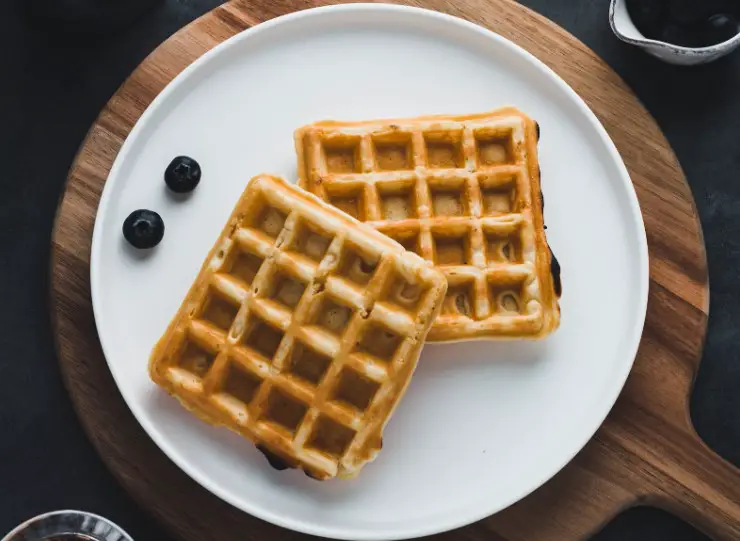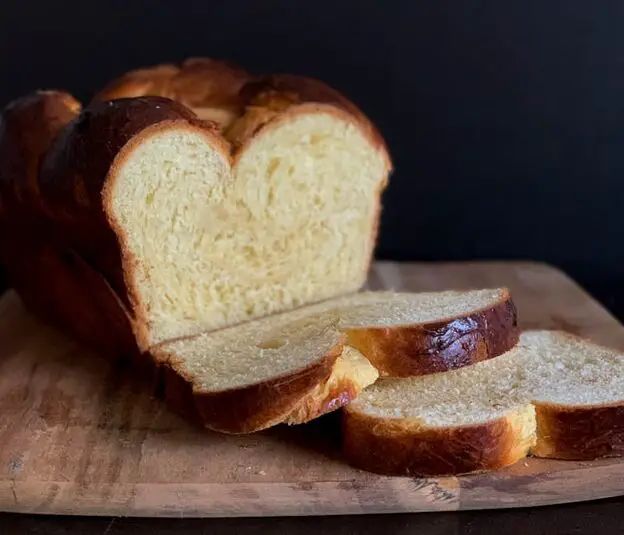The primary reason your grilled cheese didn’t melt properly is probably related to the cooking temperature. Melting cheese requires patience. Often, in our haste to achieve that perfect crispy bread, we might increase the temperature excessively. This can quickly burn the bread without giving the cheese inside enough time to melt.
Reasons why grilled cheese won’t melt
1. The Pan’s Temperature
As mentioned above, the most common mistakes is having the pan too hot. Cooking your sandwich on high heat will give you a crispy crust quickly, but the inside, where the cheese is, might not get enough time to melt.
Solution: Low and slow, my friend. Opt for a moderate to low temperature that allows the cheese to gradually melt while still giving your bread a delightful golden brown exterior.
2. Cheese Temperature
Cold cheese straight from the fridge will take longer to reach its melting point. Solution: Let the cheese sit out for a few minutes to reach room temperature. Alternatively, you can microwave slices for 8-10 seconds. This isn’t to melt them but to warm them up so they’re primed to melt once they hit the pan.
3. Cheese Type
Not all cheeses are made equal, especially when it comes to melting. Cheeses like gouda or mozzarella are renowned for their meltiness, while others, like halloumi or paneer, aren’t designed to melt and are typically fried directly. For those with a penchant for stronger flavors, combining a good melting cheese with a stronger one provides both meltiness and taste. You can opt for the real deal, like cheddar, Munster, or Gruyere.
4. Cheese Thickness
If you’re layering your sandwich with thick chunks of cheese, they will require more time to melt. Solution: Shredded cheese or thinner slices will melt more easily and evenly. Shredding your cheese from a block can result in a more satisfactory melt than pre-packaged shreds.
5. Bread Type
A more robust bread like sourdough can withstand heat longer, giving your cheese more time to melt. Conversely, if your bread is too thick, it may insulate the cheese too much, preventing it from melting.
6. The Lid Trick
A lid can be a game-changer! Placing a lid over your pan while cooking the grilled cheese will trap heat, creating an oven-like environment that melts the cheese while crisping the bread. For an extra boost, sprinkle a bit of water around the sandwich before covering; the resultant steam accelerates the cheese melting process.
7. The Oven Technique
If you’re looking for a foolproof way to ensure a thorough melt, the oven is your ally. After toasting your sandwich in the pan to achieve a crispy crust, place it in a preheated oven. This envelops the sandwich in consistent heat, ensuring a perfect melt. Notably, a toaster oven can be employed for the same purpose, offering a quicker heating alternative.
Type of cheese for grilled cheese sandwich
When sourcing cheeses, avoid the deli or pre-packed options. A genuine cheese shop, where the cheese is cut fresh from the wheel, promises authenticity and flavor. And if you’re thinking of elevating your grilled cheese game with bacon – well, that’s a route paved straight to gastronomic nirvana.
- Sharp Cheddar: The heart of many grilled cheese sandwiches. The sharper, the better. Imagine the kind that almost crumbles when you slice it; yes, that’s the magic. Its intense flavor profile provides the quintessential grilled cheese taste.
- American Cheese: Surprising to some, but a game-changer. While cheddar brings the character, American cheese adds the creaminess. It’s the bridge that melds everything together, keeping the texture smooth and luscious.
- Blue and Brie: A seemingly unusual pair, but a duo that works wonders. Opt for Gorgonzola Piccante and a harder-style brie, avoiding the overly creamy ones. This combination provides a sophisticated taste profile, merging the pungent taste of blue with the creaminess of brie.
- Pepperjack and Havarti: An explosion of flavor awaits. A creamy Havarti juxtaposed against the spicy kick of Pepperjack guarantees a sandwich that’s both rich and fiery.
- Gouda and Cheddar: Dutch Mill Smoked Gouda and Tillamook Extra Sharp Yellow Cheddar are not just cheeses; they are an experience. The smoky undertones of the gouda paired with the pungent sharpness of cheddar create a symphony of flavors.
Type of bread for grilled cheese sandwich
- Sourdough: This is the pièce de résistance of bread for grilled cheese. With its low water content and a hint of tanginess, sourdough provides a crispy exterior that’s perfectly balanced in flavor. It’s not just any bread; the slightly salty undertones make it the ideal candidate.
- Tomato Basil Bread from Panera: If you’re looking to elevate your sandwich, Panera’s Tomato Basil bread is the answer. Its savory notes of tomato and basil paired with munster and mozzarella cheese guarantee a delectable bite.
- German Rye: An excellent alternative to the white bread we see so often, German rye introduces a distinct taste profile. It’s slightly saltier, complementing the creaminess of the cheese.
- Potato Bread: An underrated option, potato bread’s unique texture and taste, when combined with Gruyere and milder cheeses like provolone or muenster, result in a harmonious blend.
Elevating the Classic Grilled Cheese Sandwich
- Cheese Trio Wonder: When it comes to a grilled cheese, the heart of the sandwich is, well, the cheese. For an elevated melt, fuse the earthy tones of Gruyère, the strength of cheddar, and the velvety touch of cream cheese. The outcome? A molten core that’s luxuriously rich and tantalizingly gooey.
- A Toast Above the Rest: If you truly want to transform your grilled cheese, begin with homemade bread. Once you’ve got that, pan-toast it using a rich blend of melted butter, honey, and a few drizzles of truffle oil. Not only does this concoction provide a beautifully golden exterior, but it also imparts a high-end taste that’s both surprising and absolutely delicious.
- Crust Variations for a Unique Twist: Whether you’re craving the rich allure of a cheese-encrusted sandwich or seeking a different texture, there are options to suit every palate. Garnish the bread’s exterior with fine gratings of robust cheeses like Manchego or Pecorino, then toast for a golden, cheesy crunch.
Alternatively, for those seeking a variation or simply not into a cheesy crust, a light swipe of mayo sprinkled with Parmesan achieves a distinct crust. Both methods enhance the sandwich’s overall flavor and texture, ensuring every bite is memorable. - Subtle Mustard Magic: If you’re looking for a slight twist in flavor without shifting the grilled cheese’s core essence, consider a very thin application of mustard inside. Be it the sunny allure of yellow mustard or the deeper notes of brown, make sure it’s spread thinly, offering a hint of zest without overshadowing the main act.
- Cheese Ratio: When mixing cheeses, particularly cheddar and American, starting with 2/3 cheddar is recommended. However, it’s crucial to adjust according to personal preference, ensuring a balance between flavor and creaminess.
- Buttering Right: Less is more. Coating the bread lightly with butter ensures a crispy, golden exterior. Overdoing it can result in a soggy disappointment.
- The Cooking Vessel: A cast-iron skillet is the unsung hero behind a flawless grilled cheese sandwich. It distributes heat evenly, guaranteeing a consistently cooked sandwich. But, remember: focus on one sandwich at a time. This ensures even cooking and averts potential burning.





